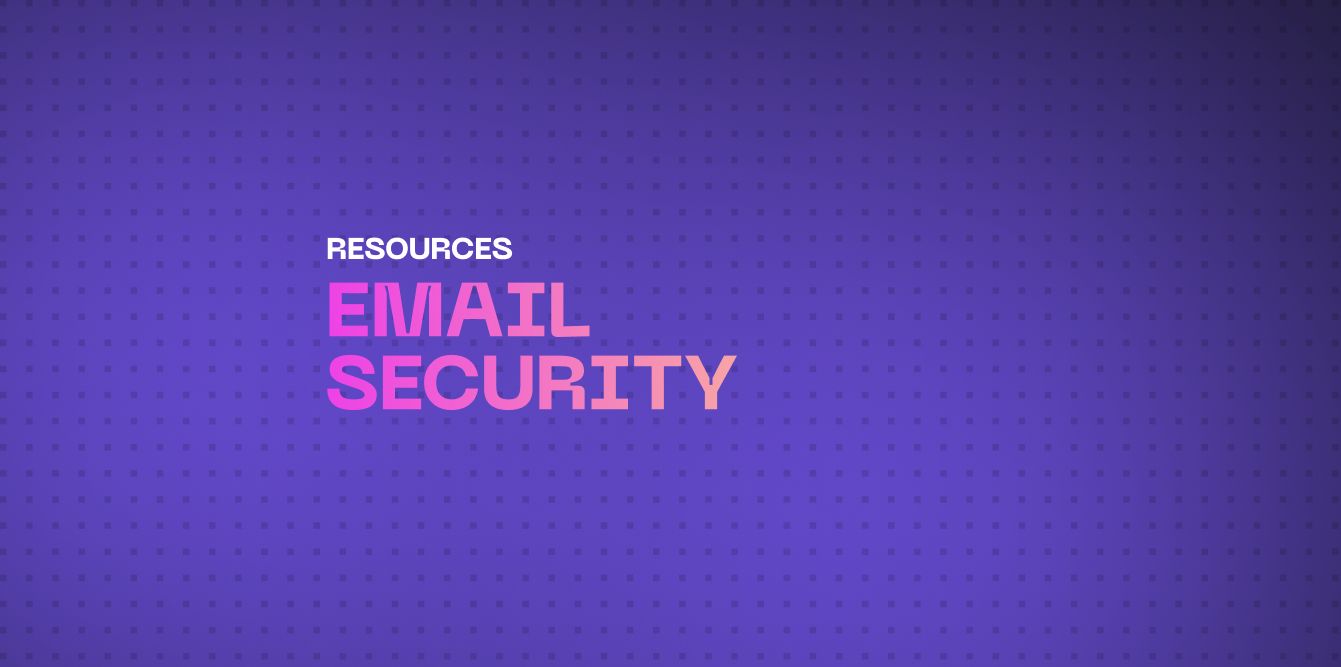What is Email Security?
Email security refers to the various measures and protocols implemented to protect email accounts, content, and communication from unauthorized access, loss, or compromise. With the rise in cyber threats, ensuring robust email security is critical for individuals and organizations alike.
Why is Email Security Important?
Emails are one of the primary vectors for cyberattacks. Phishing scams, malware distribution, identity theft, and data breaches often start with a single malicious email. Protecting your email from these threats is vital to safeguard sensitive information, maintain privacy, and prevent financial losses.
Common Email Security Threats
1. Phishing Attacks
Phishing is a type of cyberattack where attackers masquerade as a trusted entity to steal sensitive information such as login credentials or financial details. Phishing emails often look legitimate, making it difficult for users to discern the fraud.
2. Malware
Malware, or malicious software, can be delivered via email attachments or links. Once installed, malware can disrupt operations, steal data, or give hackers access to your systems.
3. Spam
Spam emails are unsolicited messages often sent in bulk. While not always malicious, they can clutter your inbox and may contain harmful links or attachments.
4. Spoofing
Spoofing occurs when an attacker sends an email that appears to be from a legitimate source, such as your bank or a colleague. This technique is often used in phishing attacks to trick recipients into sharing sensitive information.
5. Business Email Compromise (BEC)
BEC is a sophisticated scam where attackers infiltrate a company's email system, often posing as a high-level executive, to trick employees into transferring money or sensitive data.
Best Practices for Email Security
1. Use Strong, Unique Passwords
Ensure your email account is protected with a strong, unique password. Avoid using easily guessable passwords like "123456" or "password." Consider using a password manager to keep track of complex passwords.
2. Enable Two-Factor Authentication (2FA)
Two-factor authentication adds an extra layer of security by requiring a second form of verification, such as a text message or authentication app, in addition to your password.
3. Be Cautious with Email Attachments and Links
Do not open attachments or click on links from unknown or suspicious sources. Always verify the sender's identity before interacting with email content.
4. Regularly Update Your Software
Ensure your email client, operating system, and antivirus software are up-to-date with the latest security patches. This reduces the risk of exploitation by known vulnerabilities.
5. Educate Yourself and Your Team
Training and awareness are key to preventing email-based attacks. Regularly educate yourself and your team on the latest email security threats and how to recognize them.
Effective training should consist of theoretical knowledge and practical training, using phishing simulations and phishing test.
6. Use Encryption
Encrypt your emails to protect sensitive information during transmission. This ensures that even if the email is intercepted, the contents remain unreadable to unauthorized parties.
7. Monitor Email Activity
Regularly monitor your email account for unusual activity, such as unexpected login attempts or changes in account settings. Immediate action should be taken if suspicious activity is detected.
Implementing Email Security Solutions
1. Email Filters
Email filters help to automatically detect and quarantine spam, phishing, and malicious emails. Most email services offer customizable filtering options.
2. Email Authentication Protocols
Implement email authentication protocols like SPF (Sender Policy Framework), DKIM (DomainKeys Identified Mail), and DMARC (Domain-based Message Authentication, Reporting & Conformance) to verify the authenticity of emails sent from your domain.
3. Secure Email Gateways
A secure email gateway acts as a barrier between your email server and the internet, filtering out harmful emails before they reach your inbox.
4. Backup and Recovery
Regularly back up your emails to ensure you can recover important information in case of an attack or accidental deletion. Ensure backups are stored securely.
Conclusion
Email security is a critical aspect of overall cybersecurity. By implementing best practices and utilizing advanced security solutions, you can protect your email from a wide range of threats. Stay informed, stay vigilant, and take proactive steps to secure your email today.
